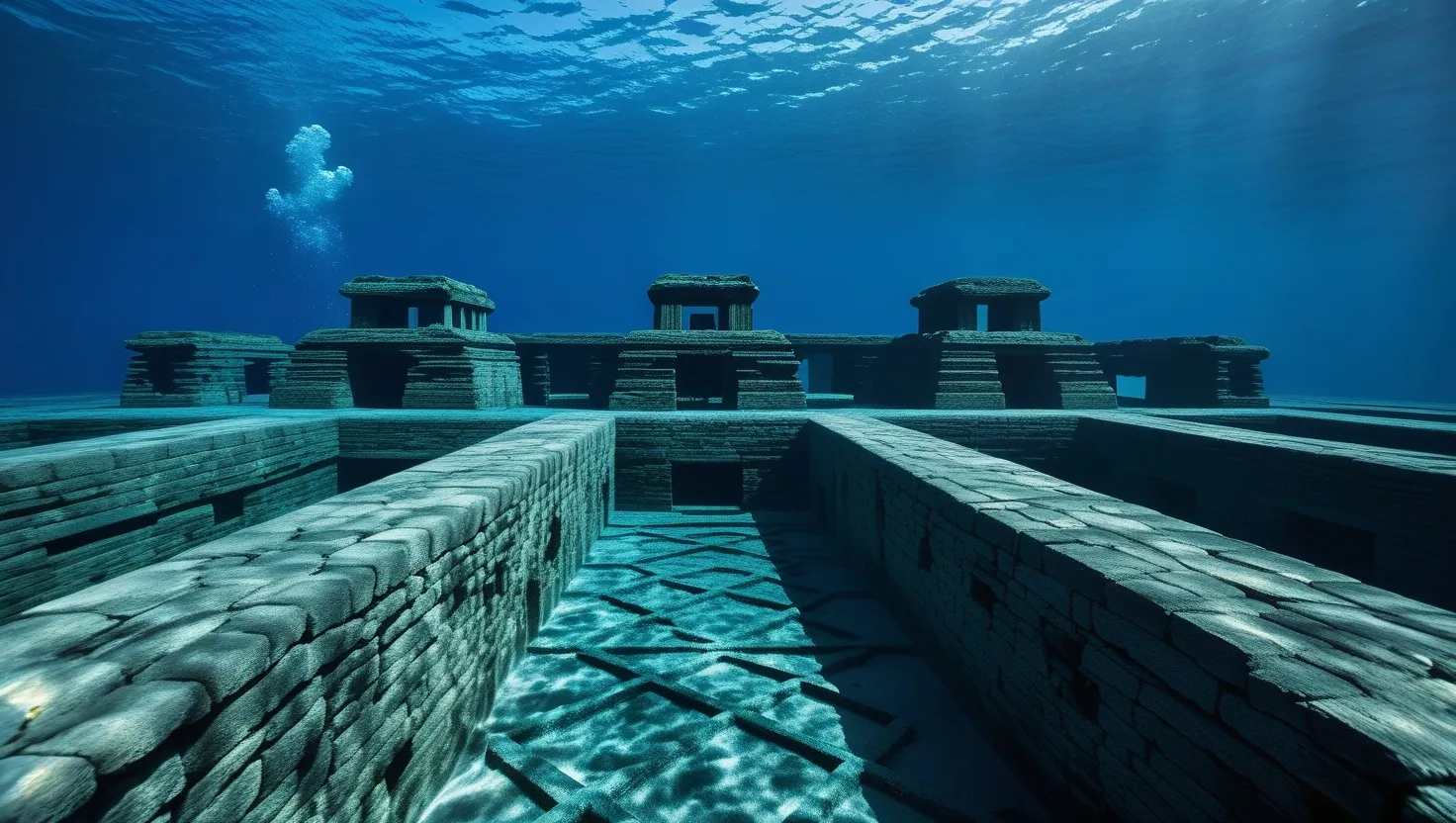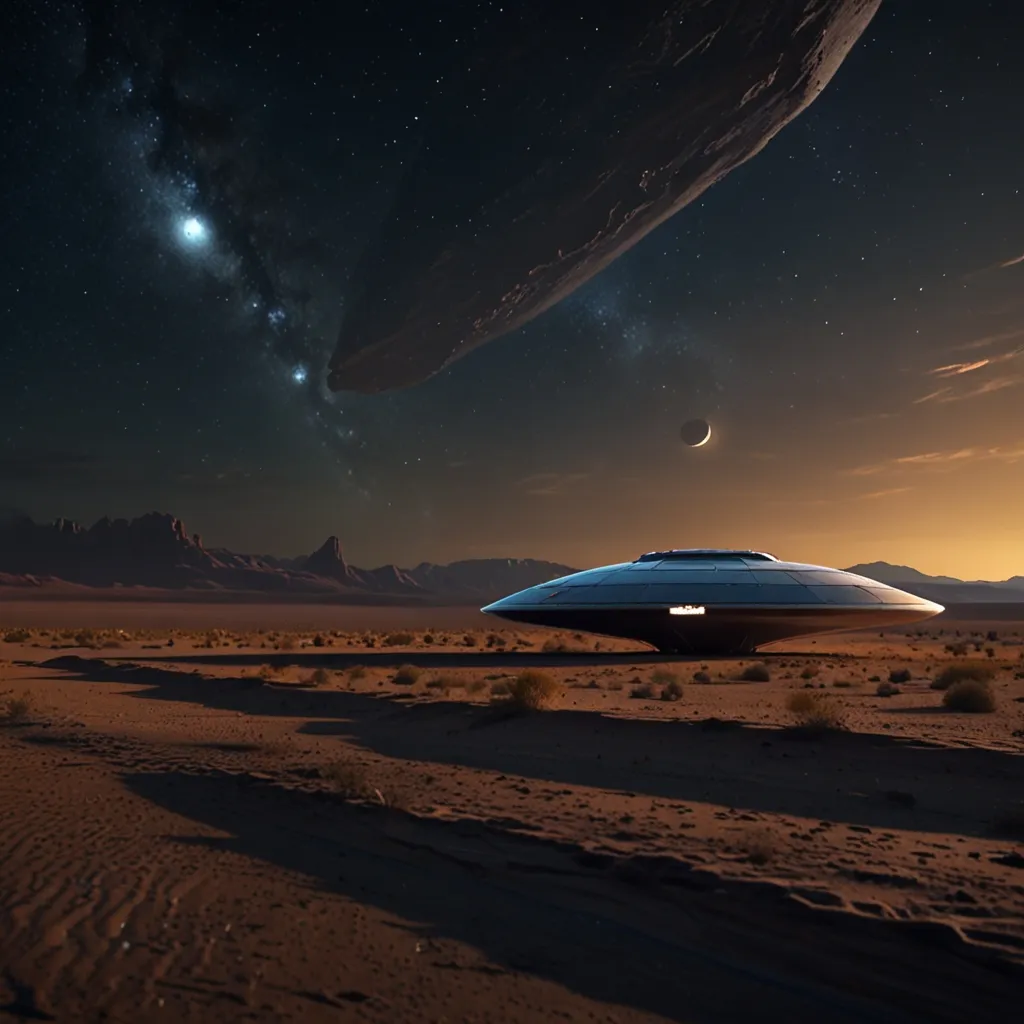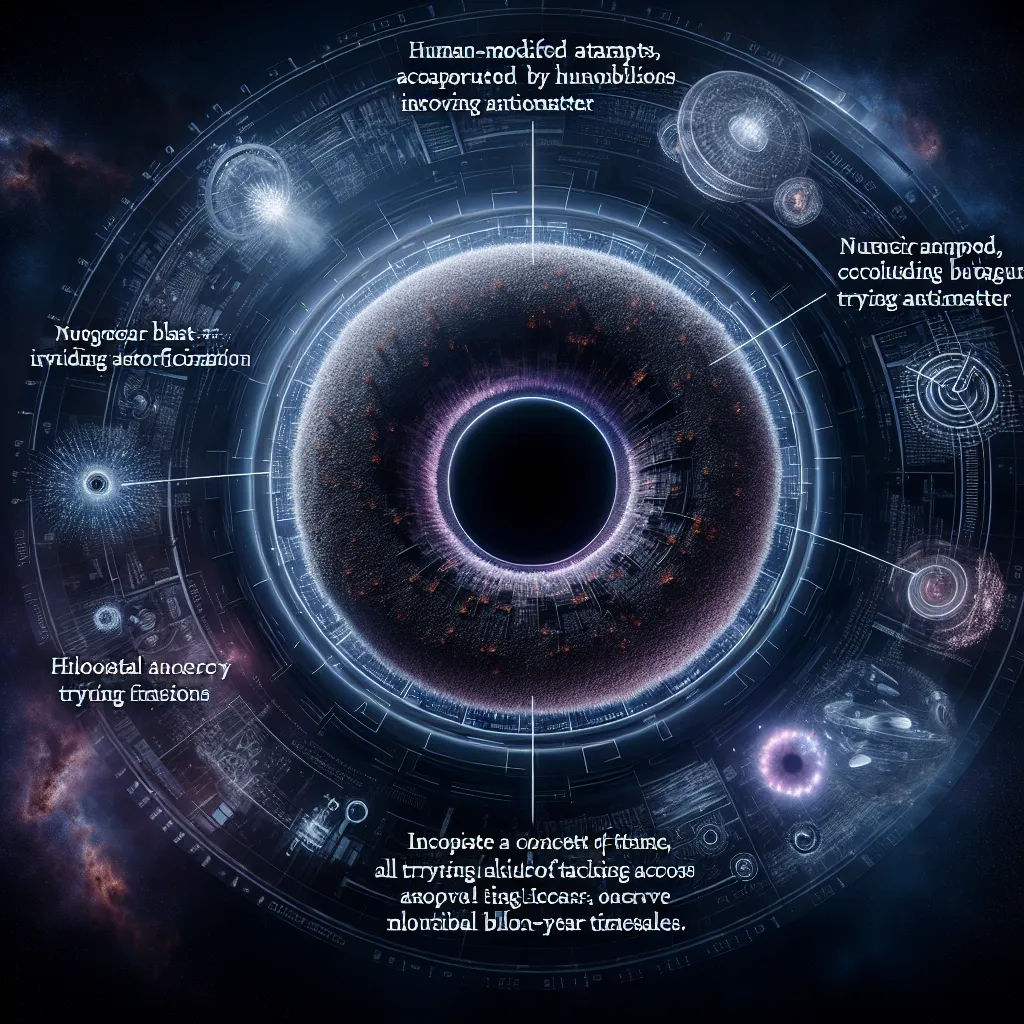As I delve into the mysteries of the ocean, I find myself drawn to six enigmatic underwater formations that continue to baffle scientists and spark the imagination of the public. These submerged structures, scattered across the globe, challenge our current understanding of ancient civilizations and geological processes, inviting us to reconsider the history of our planet.
Let’s begin with one of the most intriguing discoveries in recent years: the Baltic Sea Anomaly. In June 2011, a team of Swedish treasure hunters from the OceanX diving team stumbled upon a peculiar feature while scanning the seabed in the Gulf of Bothnia. The sonar image revealed a massive, 60-meter-wide circular object, eerily resembling a UFO. This finding sparked a flurry of speculation, with some suggesting it could be the remains of the lost city of Atlantis or even an extraterrestrial spacecraft.
“But the truth is, the sea is a very mysterious place,” as Peter Lindberg, one of the discoverers, might say. The Baltic Sea Anomaly, with its straight edges and what appears to be construction lines, defies easy explanation. Despite the sensational theories, most experts believe it is likely a natural geological formation, possibly created by glacial activity or volcanic processes. However, the mystery persists, partly because the site’s unique features, such as the black material filling its cracks, remain unexplained.
Moving to the Caribbean, we find another puzzling underwater structure: the Cuban Megalithic Structures. Discovered off the coast of Cuba, these formations consist of large stone blocks arranged in a geometric pattern. The site is often compared to the ancient megalithic structures found on land, such as Stonehenge. The question here is whether these structures are the remnants of an ancient civilization or simply a natural phenomenon.
“What we see depends mainly on what we look for,” as John Lubbock once said. When we look at the Cuban Megalithic Structures, we are forced to consider the possibility that ancient cultures may have had a more significant presence underwater than we previously thought. However, the lack of conclusive evidence and the challenges of underwater archaeology make it difficult to draw definitive conclusions.
In the East China Sea lies another enigmatic site: the Yonaguni Monument. This underwater rock formation, discovered in the 1980s, features what appear to be man-made steps and walls. The debate surrounding its origin is intense, with some arguing it is a natural formation carved by the sea, while others believe it could be the remains of an ancient city.
“The sea, once it casts its spell, holds one in its net of wonder forever,” as Jacques Cousteau so eloquently put it. The Yonaguni Monument is a prime example of how the sea can cast such a spell. Its unique features, such as the rectangular blocks and the straight edges, have led to numerous theories, including the possibility that it is a remnant of the lost continent of Mu.
Closer to home, in Lake Michigan, lies another intriguing site: the Lake Michigan Stonehenge. This underwater structure, discovered in 2007, consists of a series of stones arranged in a circle, eerily similar to the famous Stonehenge in England. The site has sparked debate about whether it is a natural formation or the work of an ancient culture.
“History is a relentless master,” as Charles de Gaulle said. The Lake Michigan Stonehenge challenges our historical understanding by suggesting that ancient cultures may have had a more sophisticated presence in North America than previously believed. However, the site’s age and purpose remain unclear, leaving room for both scientific and speculative theories.
In the Gulf of Khambhat, off the coast of India, we find another submerged mystery: the Gulf of Khambhat Ruins. Discovered in the 1980s, these ruins include what appear to be the remains of an ancient city, complete with buildings and a sophisticated drainage system. The site is believed by some to be over 9,000 years old, which would make it one of the oldest known human settlements.
“The ocean stirs the soul,” as Wyland once said. The Gulf of Khambhat Ruins stir our imagination by suggesting that ancient civilizations may have been far more advanced and widespread than we currently understand. However, the site’s age and authenticity are still subjects of debate among archaeologists and historians.
Last but not least, we have the Bimini Road, located in the Bahamas. This underwater formation consists of a series of large stones arranged in a linear pattern, resembling a road or a wall. The site has been the subject of numerous theories, including the possibility that it is a remnant of the lost city of Atlantis.
“The sea does not reward those who are too timid,” as Jacques Cousteau warned. Exploring the Bimini Road requires a certain level of bravery and curiosity. While most experts believe it is a natural formation created by the erosion of limestone, the site’s unique arrangement of stones continues to fascinate and intrigue.
As we explore these underwater formations, we are reminded of the vast mysteries that still lie beneath the surface of our oceans. These sites challenge our current understanding of geological processes and ancient civilizations, inviting us to reconsider the history of our planet.
But what do these discoveries mean for our understanding of sea level changes and human migration patterns? The presence of these submerged structures suggests that sea levels may have been significantly lower in the past, allowing for human habitation in areas now underwater. This raises questions about how ancient cultures adapted to these changes and how they might have influenced human migration.
“The ocean is a central component of the Earth’s system,” as Sylvia Earle pointed out. As we continue to explore and study these underwater formations, we are not just uncovering the secrets of the past; we are also gaining insights into the future of our planet.
So, what lies ahead for these mysterious underwater formations? Will they remain enigmas, or will future research uncover their secrets? One thing is certain: the ocean continues to hold many secrets, and it is up to us to uncover them.
As we conclude our journey through these six mysterious underwater formations, we are left with more questions than answers. But perhaps that is the beauty of it – the ocean’s mysteries are what make it so captivating. And as we continue to explore and learn, we may just find that the truth is more extraordinary than any fiction.






